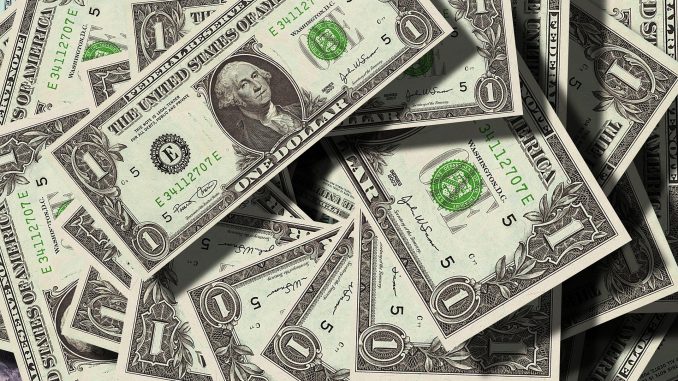
“74% of all payments in Morocco are made in cash, with 71% of the population not having their own bank account and only 0.2% owning a credit card, indicating that the majority of Moroccan citizens still rely on cash for their transactions,” the study explains. 84% of the Moroccan population has access to the Internet, so this preference for cash is probably not due to Internet problems, the study adds.
Egypt and Kenya follow in second and third place. 60% of all payments in Egypt are in cash and 67% of the population does not have a bank account, while in Kenya, only 40% of payments are in cash and less than half of the population is unbanked. Also in 4th place is an African country, Nigeria, whose population has little access to the Internet (36%) and uses few credit cards (3%).
The Philippines came in 5th, with the highest number of ATMs among the top five countries – 30 per 100,000 adults. “More ATMs available indicates more cash withdrawals, which in turn indicates more cash use,” it notes.
After the most cash-dependent countries in the world, Merchant Machine also focused on European countries to find out which countries in Europe use cash the most in 2022. As a result, the study reveals that Bulgaria is the most cash-dependent country in Europe with a score of 8.35 out of 10.
Bulgaria has the lowest percentage of people with Internet access among the countries surveyed (70%), which means that digital payments are off limits for many, the Merchant Machine study explains. As a result, the same source continues, “74% of all payments are in cash in the country and there are 91 ATMs per 100,000 adults.”
Merchant Machine also examined which countries will rely the least on cash in 2022. In this list, Norway tops the list of “European countries closest to a cashless society”.
The study notes that cash accounts for only 2% of all payments in Norway and 100% of its population has a bank account, with 71% also owning a credit card. Neighboring Finland follows Norway, with the same low percentage of cash payments (2%) and none of its citizens going without a bank account.
On the other side of the globe, New Zealand comes in third with an unbanked population of 0% and cash payments of only 2%. New Zealand comes in third with a slightly higher unbanked population of 1%, but has the same percentage of cash payments (2%) as the first two countries.
The study also notes that digital wallets are helping to reduce the use of cash, allowing users to make cashless payments via a mobile device such as a cell phone or smart watch. It recalls, in this regard, that Alipay surpassed Paypal 2013 as the world’s most popular mobile payment platform, and still holds the top spot nearly a decade later with 650 million and 1.3 billion users. WeChat Pay and Apple Pay are not far behind, with 550 million and 507 million users, respectively.
However, while Paypal previously ranked as the 4th most popular mobile payment platform in 2021, it has since fallen to 5th and has been replaced by Google Pay. Google Pay now has 421 million active users, over 40 million more than Paypal’s 377 million.
To find out which countries are most and least dependent on cash in 2022, the metrics Merchant Machine analyzed for each country were the percentage of Internet users, the percentage of people with a credit card, the number of ATMs per 100,000 people, the percentage of cash payments made and the percentage of the population without a bank account.

Be the first to comment